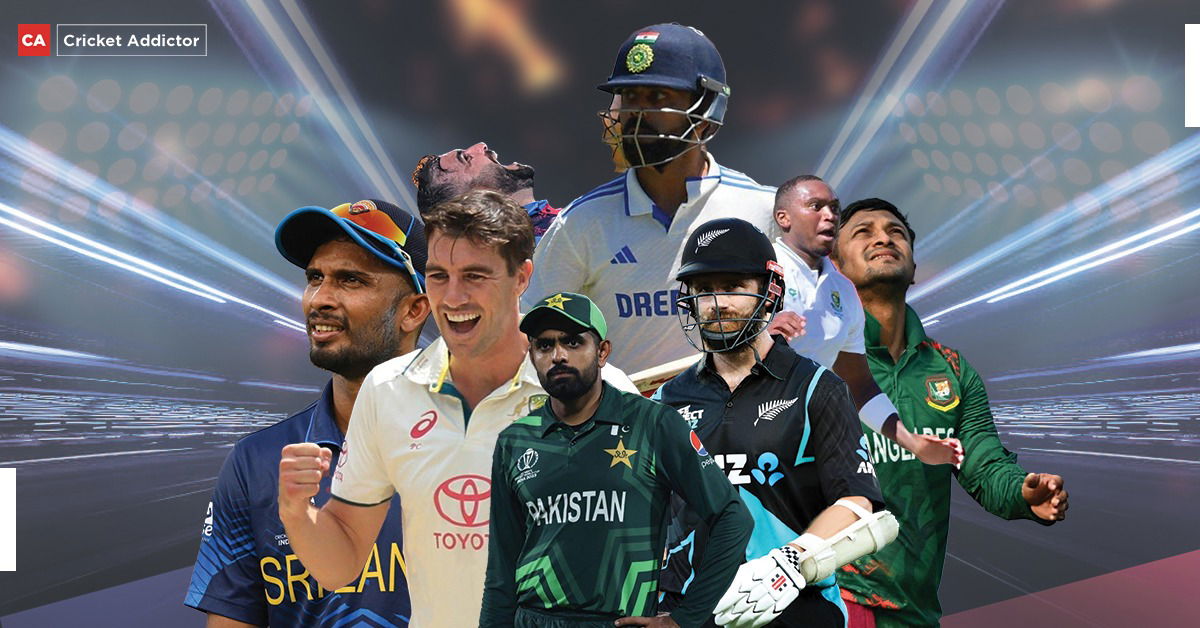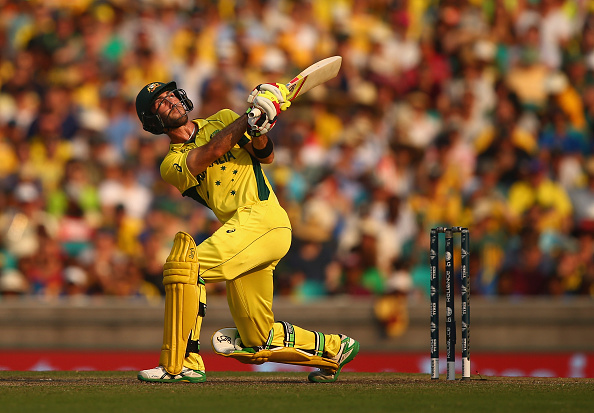Nine Failed Experiments in the History of Cricket
Updated - 14 Jun 2019, 04:40 PM

Since the inception of the game of cricket, we have witnessed many changes in rules and regulations. Be it ICC or respective countries authorities, there were many shifts and turns in the ruling. While many have benefitted the game, some have failed to attract the followers and eventually, had to call off.
Among all, the Bowl-Out and the Super Sub were the most disastrous decision ever taken by the authorities. On that note, let us take a look at the nine failed experiments in the history of cricket.
SUPER SUB

Introduced in July 2005, the primary intention behind this rule was to change the dynamics of ODI cricket and also to encourage teams to give more prominence to all-rounders in the side.
In this rule, the captains had to name a player from their team as a Super Sub before the toss apart from selecting their playing eleven. During the match, the teams had a choice to use this Super Sub instead of a player who was originally part of their playing eleven. The game went in favour of the team winning the toss. It received massive criticism all squares, and eventually, ICC decided to scrap it nine months after its inception.
SUPER MAX

Invented in 1996 by the late great Martin Crowe, Super Max cricket was one of the most innovative ideas introduced in cricket. The format had two innings of 10, eight ball overs each per team. 13 players per team; it had four stumps and three bails. There was no LBW rule and the next ball after the no-ball was considered to be a free hit. The hits falling into the Max Zone, the batsman’s runs were doubled.
India played a Super Max international against New Zealand on their 2002 tour. It had a vast appeal back in New Zealand and support of New Zealand Cricket, but it failed to charm the international audience and faded away soon.
RAIN RULE

1992 1992 World Cup probably contained more innovations and among all was the introduction of a rain rule. By the end of the tournament, the rule attracted a lot of criticism from all fronts.
It stated that for every over lost, the target would come down by the lowest-scoring over from the first innings. The organisers felt that the earlier rule heavily handicapped the side batting first and decided to scrap it. However, it turned out to be more disastrous. In the league game between England and Pakistan in Adelaide, Pakistan escaped with a no-result. But it proved to be even devastating for South Africa, whose target was not reduced in the semi-final against England in Sydney.
BOWL OUT

A bowl-out emerged as a tie-breaker in limited-overs cricket. Everybody will clearly remember the history group game between India and Pakistan in the 2007 World T20. The umpires had to resort to the bowl-out after the match ended in a draw.
Five bowlers from each side deliver one or two balls each at an unguarded wicket (three stumps). If each team has hit the same number of wickets after the first five bowlers per side, the bowling continues and is decided by sudden death. However, it became unpopular in 2008 and had to replace by Super Over.
INDIAN CRICKET LEAGUE

The Indian Cricket League (ICL) was a private cricket league funded by Zee Entertainment Enterprises that operated between 2007 and 2009 in India. Its two seasons included tournaments between four international teams (World XI, India, Pakistan and Bangladesh) and nine domestic teams notionally located in major Indian cities as well as Lahore, Pakistan and Dhaka Warriors based in Dhaka, Bangladesh.
Meanwhile, the matches were played in the Twenty20 format. There was also a planned domestic 50-over tournament, but this did not eventuate. While its establishment pre-dated the Indian Premier League, the ICL folded in 2009. Aside from commercial factors, the ICL lacked the support of the Board of Control for Cricket in India and International Cricket Council.
45-OVERS SPLIT

Cricket Australia in 2010 came up with this innovative idea of a 45 overs cricket match. The format was such that the innings was split in 20 and 25 overs. The maximum number of overs permitted by a bowler to bowl was 12 overs.
The organisers used his new format in the domestic leagues, but there were no international matches under this new rule. However, it didn’t receive any backing from players of that time and eventually. Cricket Australia had to discard the format.
MONGOOSE AND ALUMUNIUM BAT

Australian cricketer Denis Lillee surprised one and all when he used an aluminium bat way back in 1979. Despite reaping benefits from it, the bat used to damage the cricket ball and eventually, he had to stop using it.
Matthew Hayden stunned everybody when he came out with the Mongoose bat, which was a lot different from that of the normal one. It had a blade which was 33% shorter while the handle was 43% longer than the normal cricket bat. However, many batters faced issues while timing and decided not to use it anymore, and ultimately, it faded away.
BATTING POWERPLAY

The game of cricket, over the years, has slowly developed in favour of the batsmen. Heavy bats, small ground, and field restrictions have made the life of the bowlers though. However, they breathed a sigh of relief when ICC decided to do away with their batting powerplay rules.
As per new rule, there will be a mandatory powerplay in the first ten overs with two fielders outside the 30-yard circle. While overs 11 to 40 would allow the stationing of four fielders outside the ring and the last ten overs will see five fielders allowed to field at the boundary ropes.
SUPER TEST

The ICC Super Series 2005 was a cricket series in Australia in October 2005 played between Australia, the world’s ranked number one side at that time, and an ICC World XI made up of the best non-Australian cricketers. The Aussies dominated the game to win it by 210 runs under the leadership of Ricky Ponting.
The original aim was that the Super Series would be played every four years. However, immediately after the completion of the first Test match, Malcolm Speed, the ICC Chief Executive, removed it from the regular ICC schedule, noting that it may be played in the future when there is a clear world champion.






